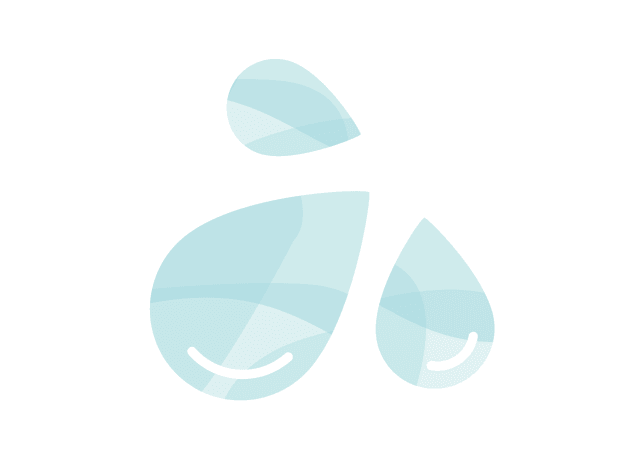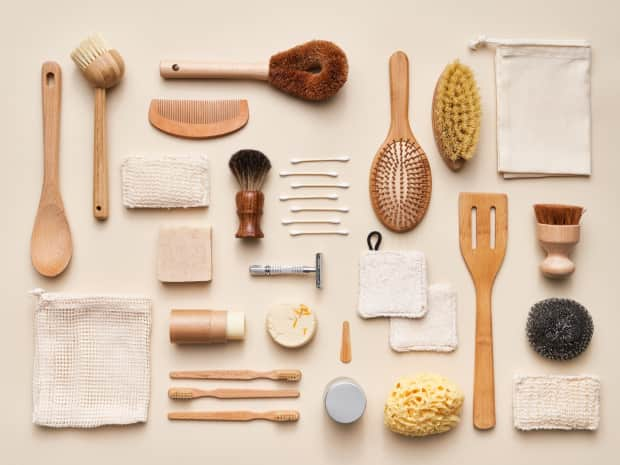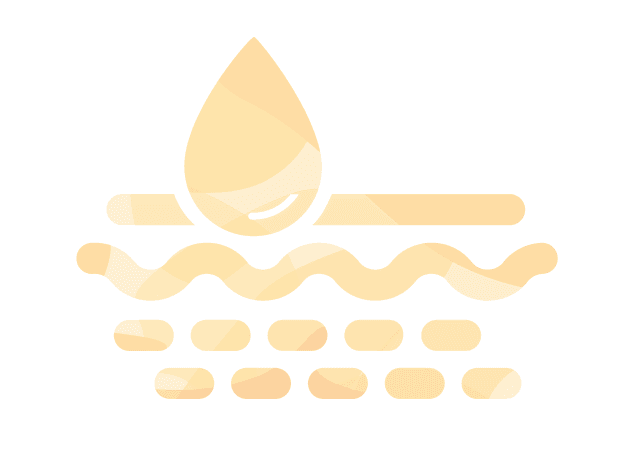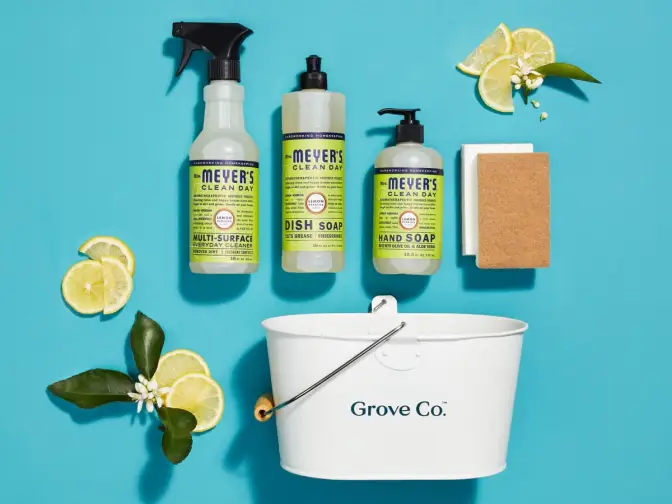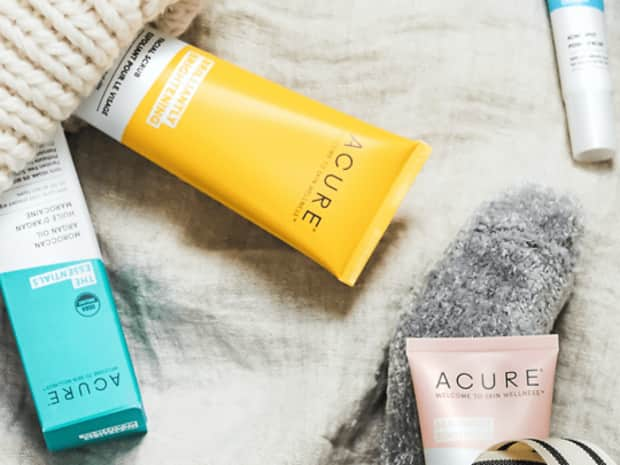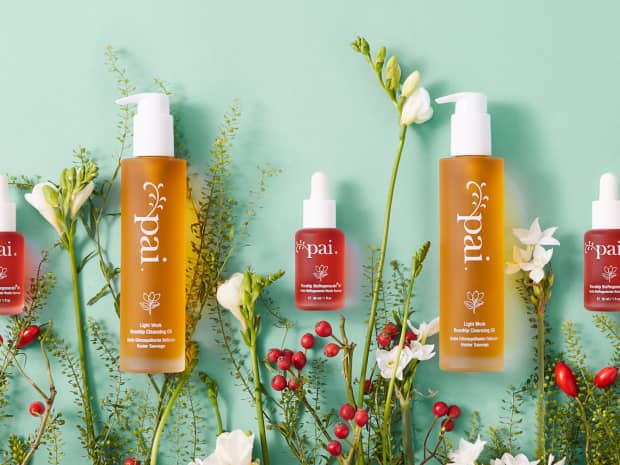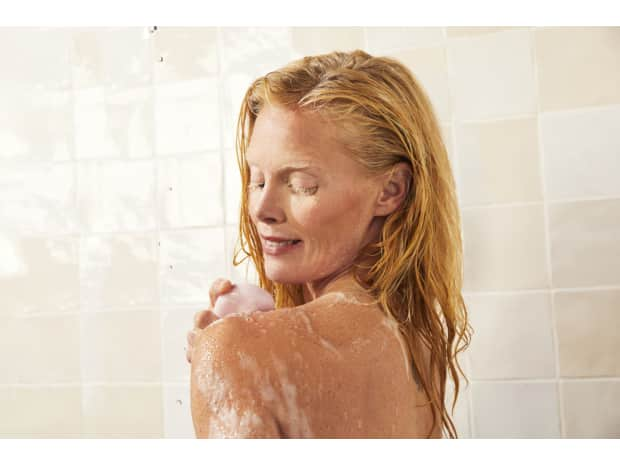To use the brush, you’ll want to apply strokes with medium pressure — enough that you can feel the brush stimulating your skin, but not so hard that your skin turns red with irritation. Use overlapping strokes so that each body part gets multiple passes with the brush. Because dry brushing is thought to work by stimulating the lymphatic system, follow your circulatory system and brush toward your heart.
Since you’ll be pulling up dead skin—dry brushing is best done before you shower and on dry skin. Focus on each body part for about 30 seconds—done this way, dry brushing should take around 5 minutes. Feel free to take your time with it if you’re having an evening of relaxing self-care.
1. Brush your lower body
Start with upward strokes from your feet and go around each calf, thigh, your butt, lower back, and your stomach. Pay special attention to your upper thighs because there are lymph nodes in that area.
2. Brush your upper body
Brush in upward strokes from your hands to your shoulders, working from the backs of your hands and around your forearms to your biceps. Spend extra time on the lymph nodes in your upper arms, and try to brush your upper back where you can reach. But don’t worry if you miss a few spots!
3. Brush your neck and decolletage
Working in downward strokes with gentle pressure, start from your neck and move toward your upper chest. Finish your routine by brushing in circular motions over your heart.
4. Shower
Shower as usual to rinse away the dead skin cells you sloughed off. Use a gentle body wash and be mindful of using any loofahs or body scrubs after you dry brush — too much exfoliation could irritate your skin.
5. Moisturize, moisturize, moisturize
Proper moisturization is important after you dry brush. Your skin will be primed for product absorption so choose a nutrient-rich lotion or body oil to replenish and nourish your skin.
